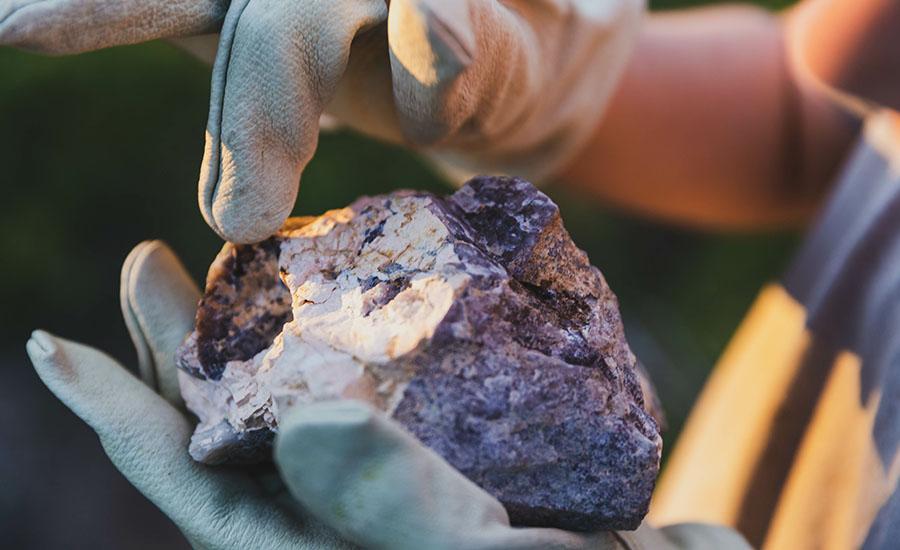
Making and Mapping a Volcano: Lava Layering
by Barbara Gosney
In this hands-on lesson, students will construct a model of a volcano and produce lava flows. They will also observe, draw, record, and interpret the history and stratification of an unknown volcano produced by the students.
This engaging lesson allows students to make the connection between the life cycle of a volcano and why they see these features on Earth and Mars.
Lesson Grade Level
4th GradeLesson Plan Link/URL
https://docs.google.com/presentation/d/1d_GKIJc5gz_2LboS2LPh_quuuztEas3f/edit?u…Subject Area
Science Earth and Space Science E1: Earth Systems Technology 3. Knowledge Constructor Engineering S2: Apply the Engineering Design Process S3: Apply Mathematics to Engineering S4: Apply Science to Engineering S6: Apply Communications to Engineering Mathematics Measurement and Data (MD) Ratio and Proportion (RP) Reasoning with Functions and Relations (RFR) English Language Arts (ELA) Reading (Informational Text) Writing Speaking & ListeningRelated Content

Grades:
6th Grade, 7th Grade, 8th Grade
In this lesson, students will investigate the properties of a mixture, as if it were a contaminated soil sample near a stream. This activity will show students that heterogeneous mixtures can be

Grades:
9th Grade, 10th Grade, 11th Grade, 12th Grade
Using the Introduction to Hydroponics lab, introduce students to the features of the Hydroponic Systems. Students will explore the different types of grow mediums and grow lights used in the systems

Grades:
4th Grade
Students will be able to design a method of protection for the Earth’s land that would withstand the impact of rainfall on soil and prevent erosion. Students will discover that the soil with